Urban Ecology
in the Great Nearby
ENST 23550 // AU 2021

Welcome to Urban Ecology in the Great Nearby 2021, an experiential course at University of Chicago focusing on urban ecology, close observation, and natural history.
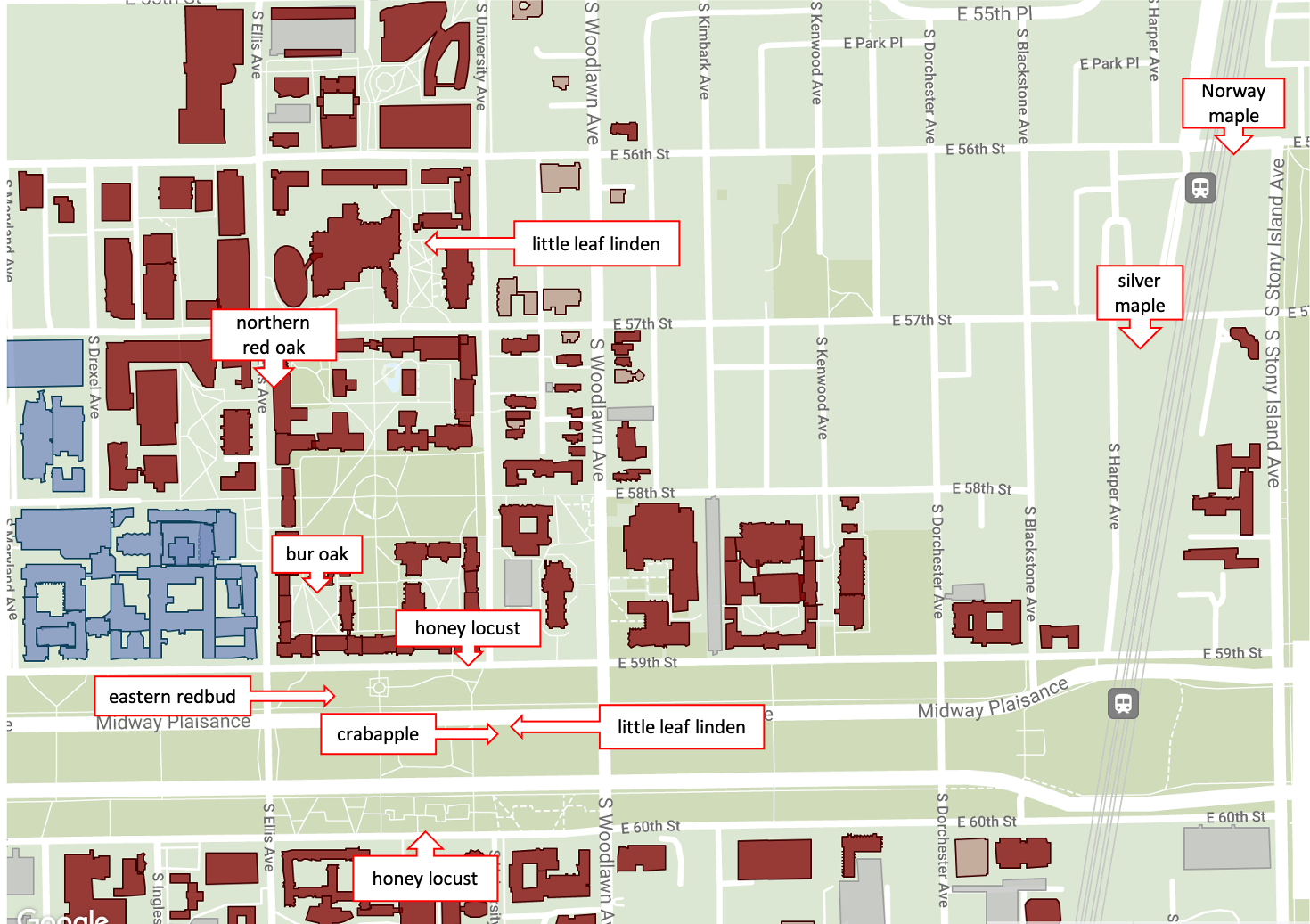
Course description
Places like the Great Barrier Reef, Great Smoky Mountains, or Great Outdoors elicit ideas of a nature that is far away, away from humans, and often presumed to be “pristine.” Not only are these presumptions worthy of interrogation, but they may limit our understanding of the natural world that is in close proximity to humans.
In this course students were inspired by the restricted geographical movement during a pandemic as an opportunity to focus on hyperlocal urban ecology: that of the Great Nearby.
What can we learn about our neighborhood and its human and nonhuman residents through close observation in a finite geographic area? What are the benefits, scientifically and socially, of understanding the Great Nearby? What are the challenges of place-based ecology, especially in scaling up to make regional and global connections?
Using an ecological lens to investigate the urban landscape up close, students learned the importance of observation as it relates to forming hypotheses to understand the world, as well as revealing the urban natural world that we may not have noticed before. Grounded in the rigor of urban ecology, place-based research, long-term monitoring, and their application, students were expected to be active outdoors in their local urban environment throughout the quarter.
Students were expected to make multiple observations weekly in a ~2 block radius of their urban location. Some activities/assignments took place as a class outside and close to campus. This course is intended to be complementary to ENST 23550 and did not require it as a prerequisite.
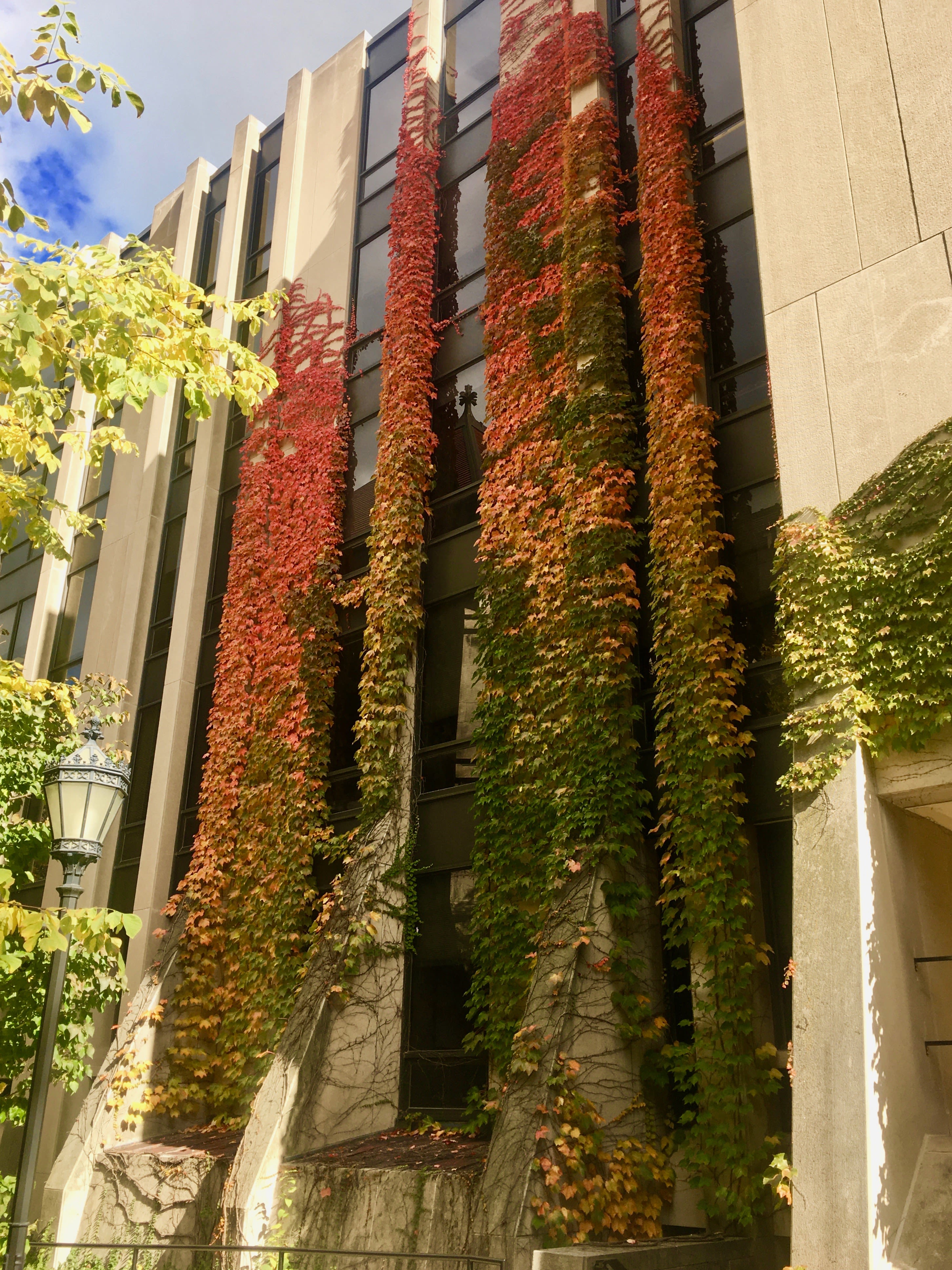
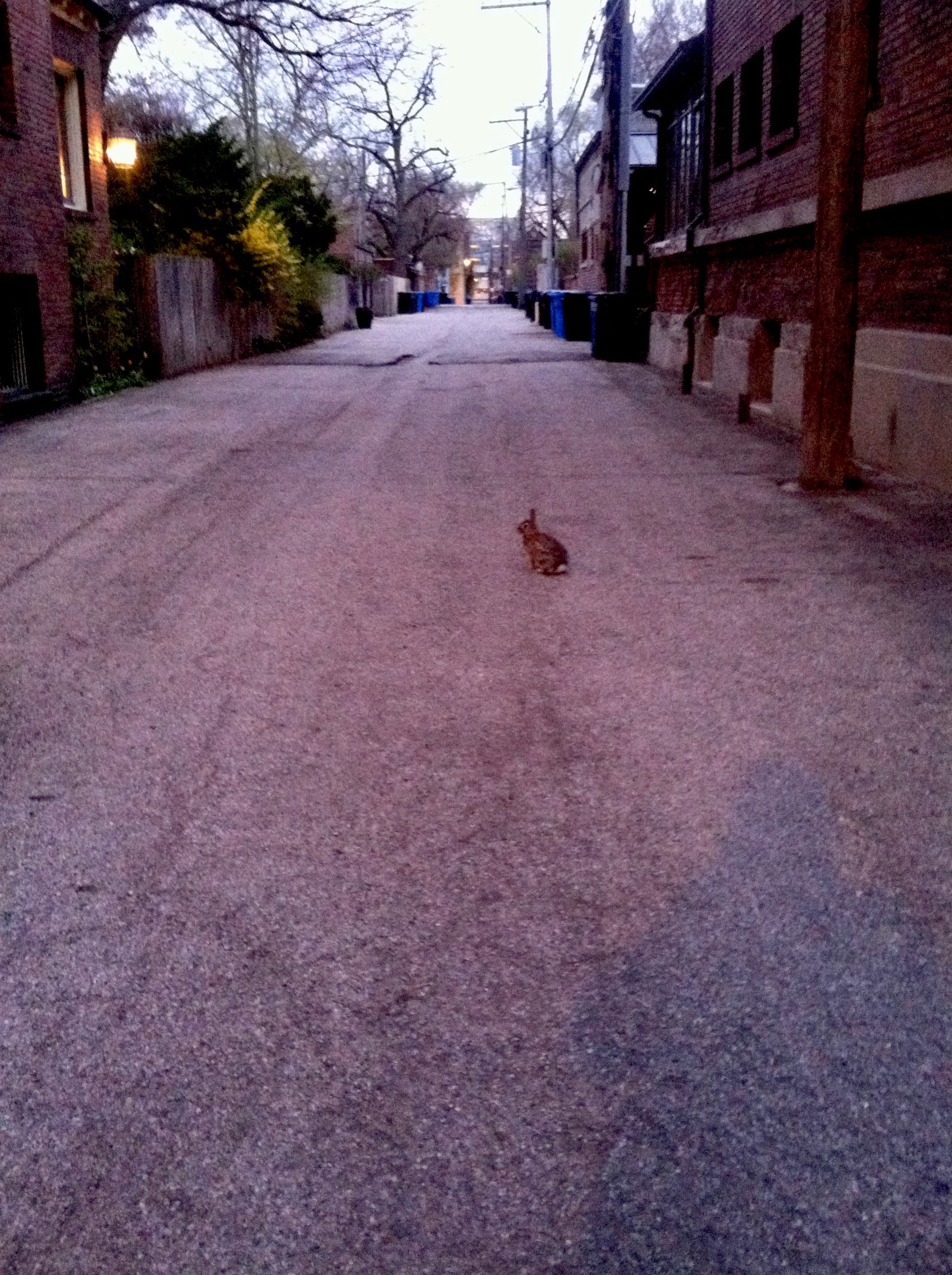
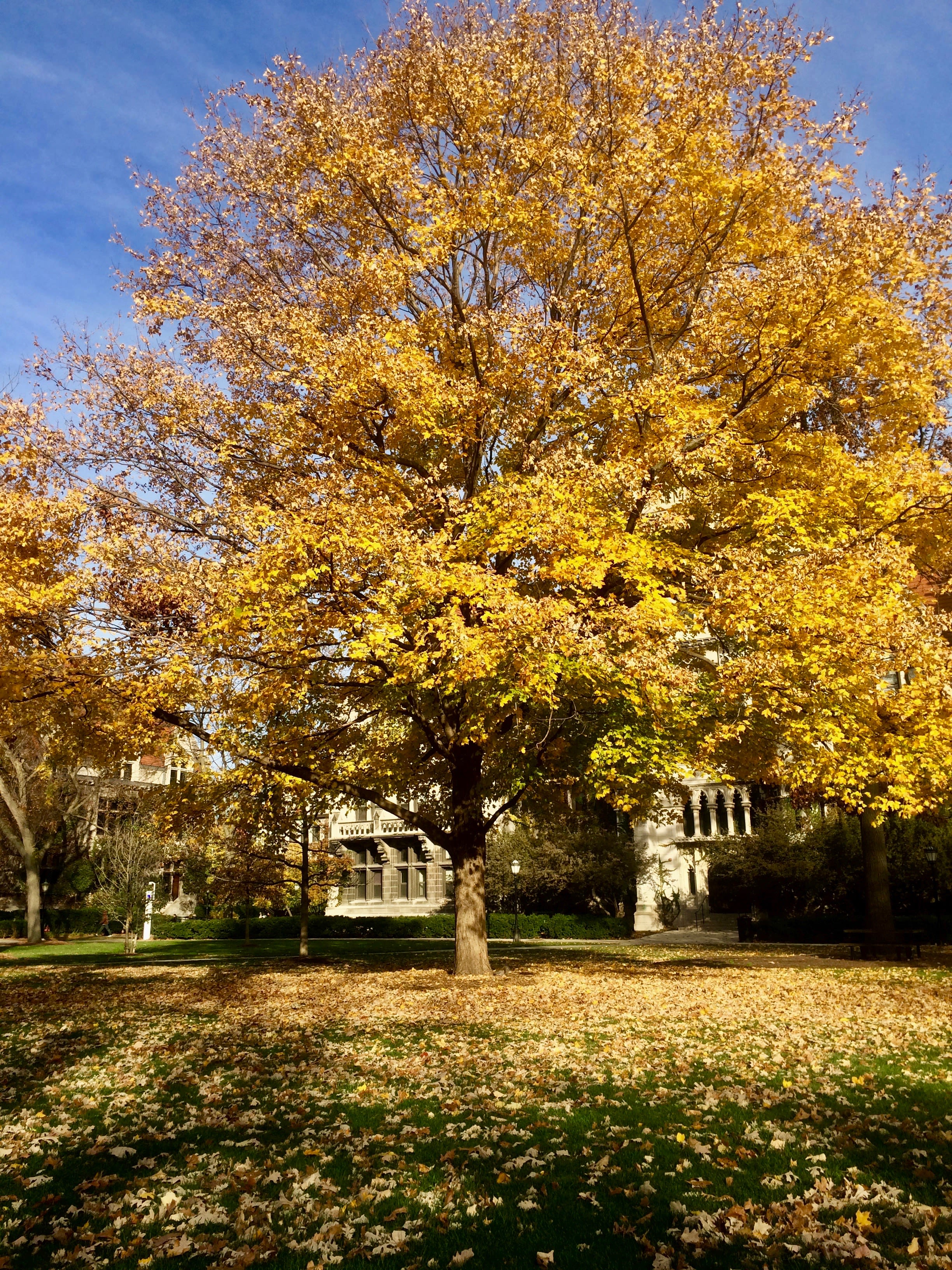
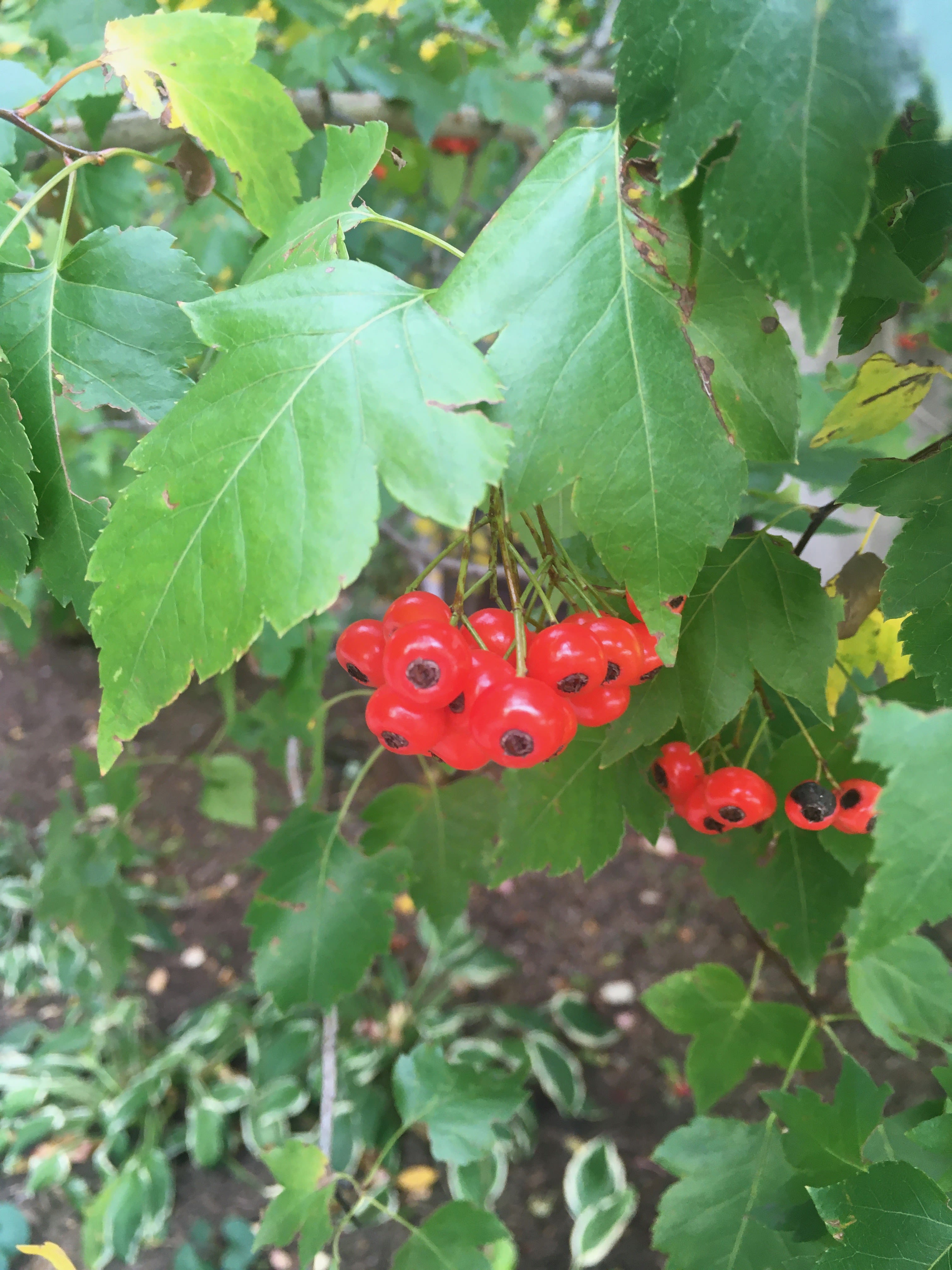
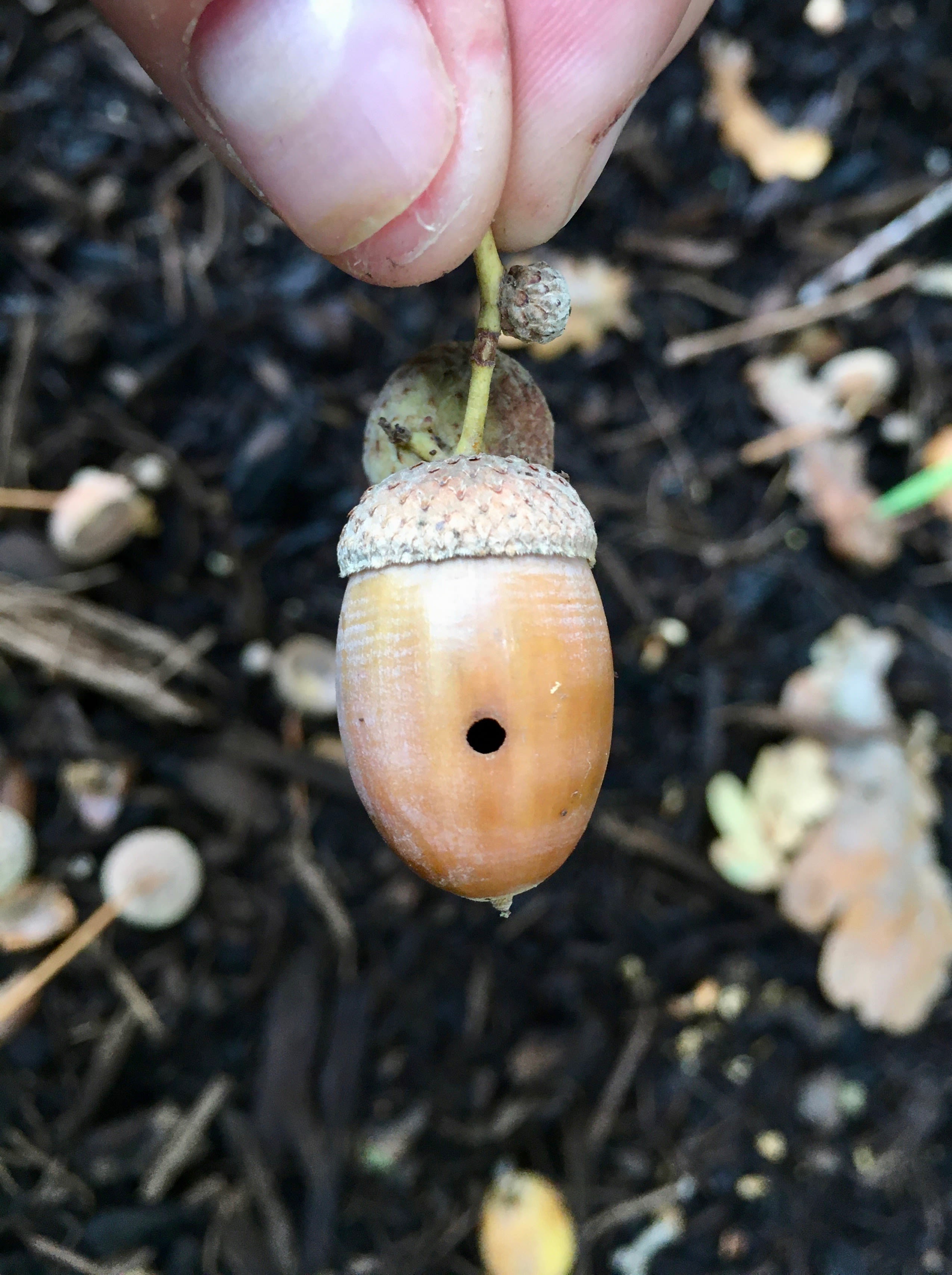
using Shorthand
This Shorthand site will be the repository for resources, practice, and the final assemblage of the natural history of students' Great Nearby as a Shorthand story!

You can observe a lot by just watching.
Students identified a focal tree and, each week, recorded observations about their tree, and completed a reflection in response to a prompt about the urban ecology content; ~every other week they had a larger assignment. Students familiarized themselves with Shorthand throughout the quarter, considering how they would use it to narrate the story of their Great Nearby. For the final project, students compiled all that they created throughout the quarter to lead a reader through the exciting natural history of their Great Nearby.
If something is boring after two minutes, try it for four. If still boring, then eight. Then sixteen. Then thirty-two. Eventually one discovers that it is not boring at all.

The final story included the following assignments:
- Meet my tree
- Learn my Great Nearby
- Visualize my Great Nearby
- At least 5 weekly Reflections
- Weekly Observations synthesis
- Final reflection


Resources for Shorthand
- Have you found other great resources to share? Let me know and I'll add them here!
- See the featured stories and case studies pages, as well as their Pinterest board for inspiration.
- I especially like this one on Svalbard because it shows some change-over-time; this fascinating one about the "greening" of NZ suburbs; this one about the Pecos River because it's really simple but relies on excellent photos; this WBEZ project which has a gallery of stories and could work if there is an overarching thread that pulls the pieces together even if you view them in any order; a story on Georgina Byer from NZ that relies on few photos, but drawings and "white" space.
- Watch pre-recorded training sessions, including the full intro tutorial, "Reveal" masterclass, or "Scrollmation" masterclass.
- Access the Knowledge Base of support documents within the editor, or via this link.
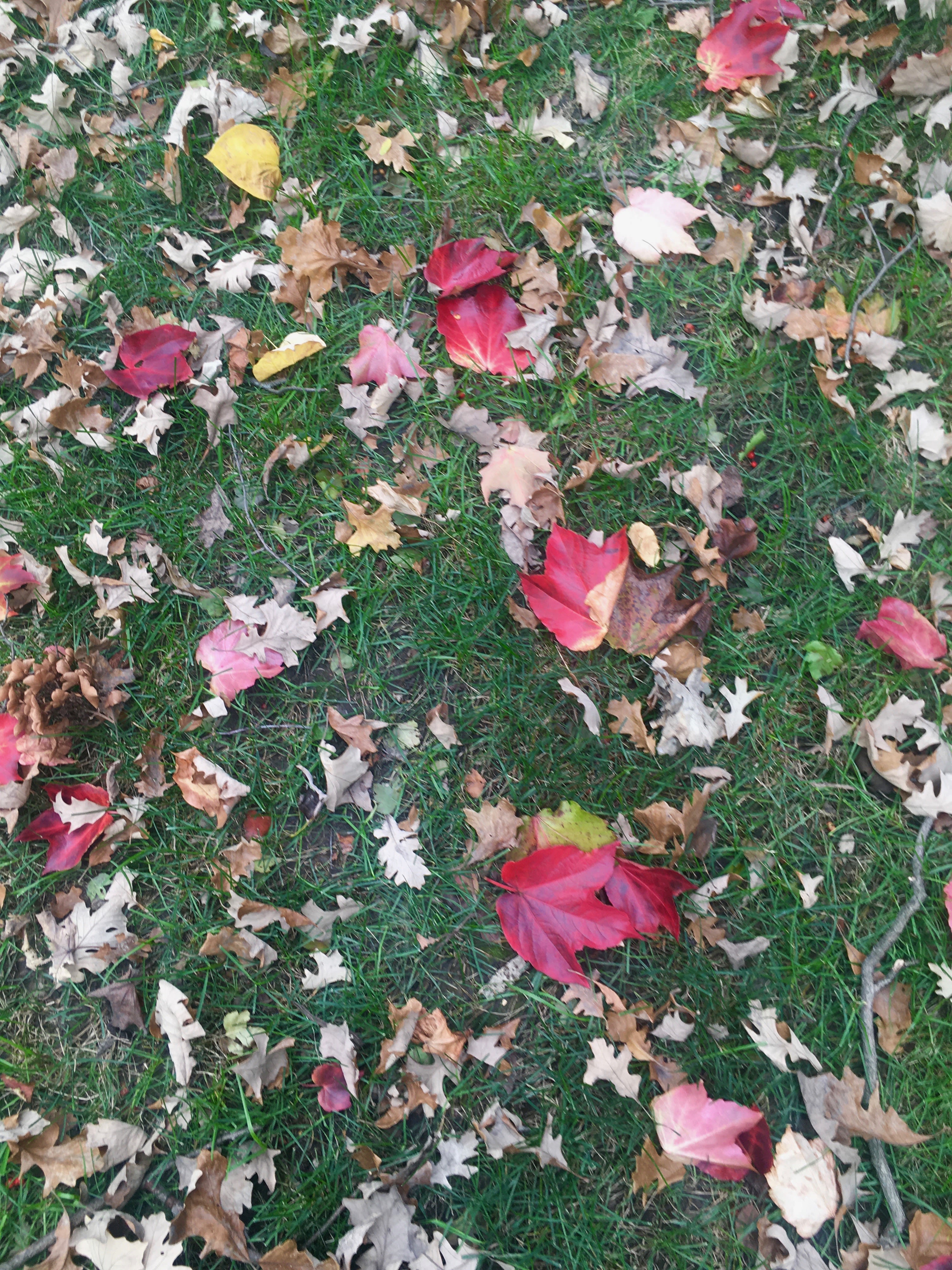
ENST 23550 // AU 2021
Alison Anastasio
University of Chicago